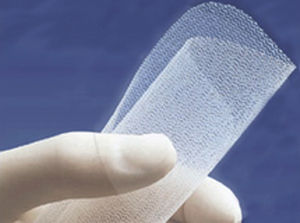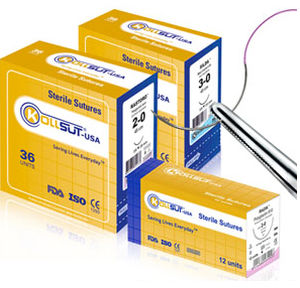
Abdominal hernia prosthesis SIETKA™
Add to favorites
Compare this product
Characteristics
- Hernia type
- abdominal
Description
Non Absorbable, Polypropylene mesh.
For the Repair of Hernia and Other Deficiencies in the Fascia.
Advantages
Bio compatible
Flexible, strong, elastic & transparent mesh.
Ideal porosity for high visibility & colonization.
High strength & burst resistance for permanent support.
Flexible for any anatomic placement
No shrinkage-provides long term material stability.
Thinner mesh available on request for Laparoscopic surgery.
OEM brands available.
Extremely economical.
European Market Trend
The European market trend for polypropylene prosthesis is to implant it by endoscope route, more precisely laparoscopic route, in about 60% of the operations.
The polypropylene mesh material currently accounts for almost 80% of sales world-wide.
Polypropylene mesh is the most recommended material for hernia repair.
Polyester material is not recommended at all in incision hernia repair. See reference article from archives of surgery 1998; 133:378-382 title: Long-term complications associated with prosthetic repair of incision hernias.
A hernia is a protrusion of an organ (or part of an organ) through its containing wall. Before a hernia can form, there must be a weakness at the containing wall (commonly of abdominal muscles). The weakness may be congenital or it may be acquired.
At the site of a hernia, a bulge is noticeable, that can contain fat, intestine or other tissue. This bulge can be either reducible, meaning that the fat or tissue can be pushed back into the abdominal cavity and the hernia will flatten and disappear, or non-reducible, which means the fat or tissue cannot be pushed back into the abdomen and the hernia will not flatten.
Catalogs
No catalogs are available for this product.
See all of Kollsut-USA‘s catalogs*Prices are pre-tax. They exclude delivery charges and customs duties and do not include additional charges for installation or activation options. Prices are indicative only and may vary by country, with changes to the cost of raw materials and exchange rates.


